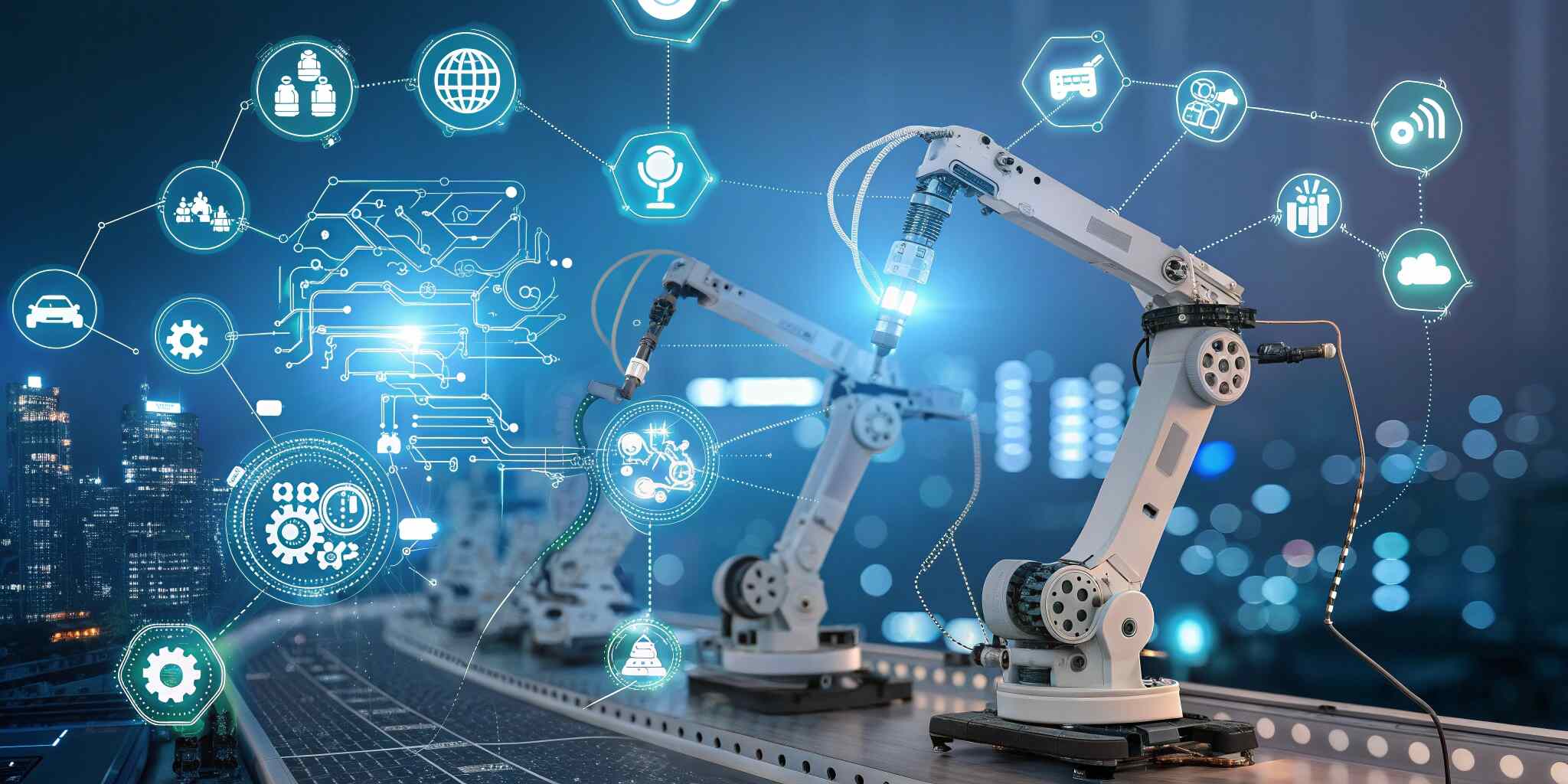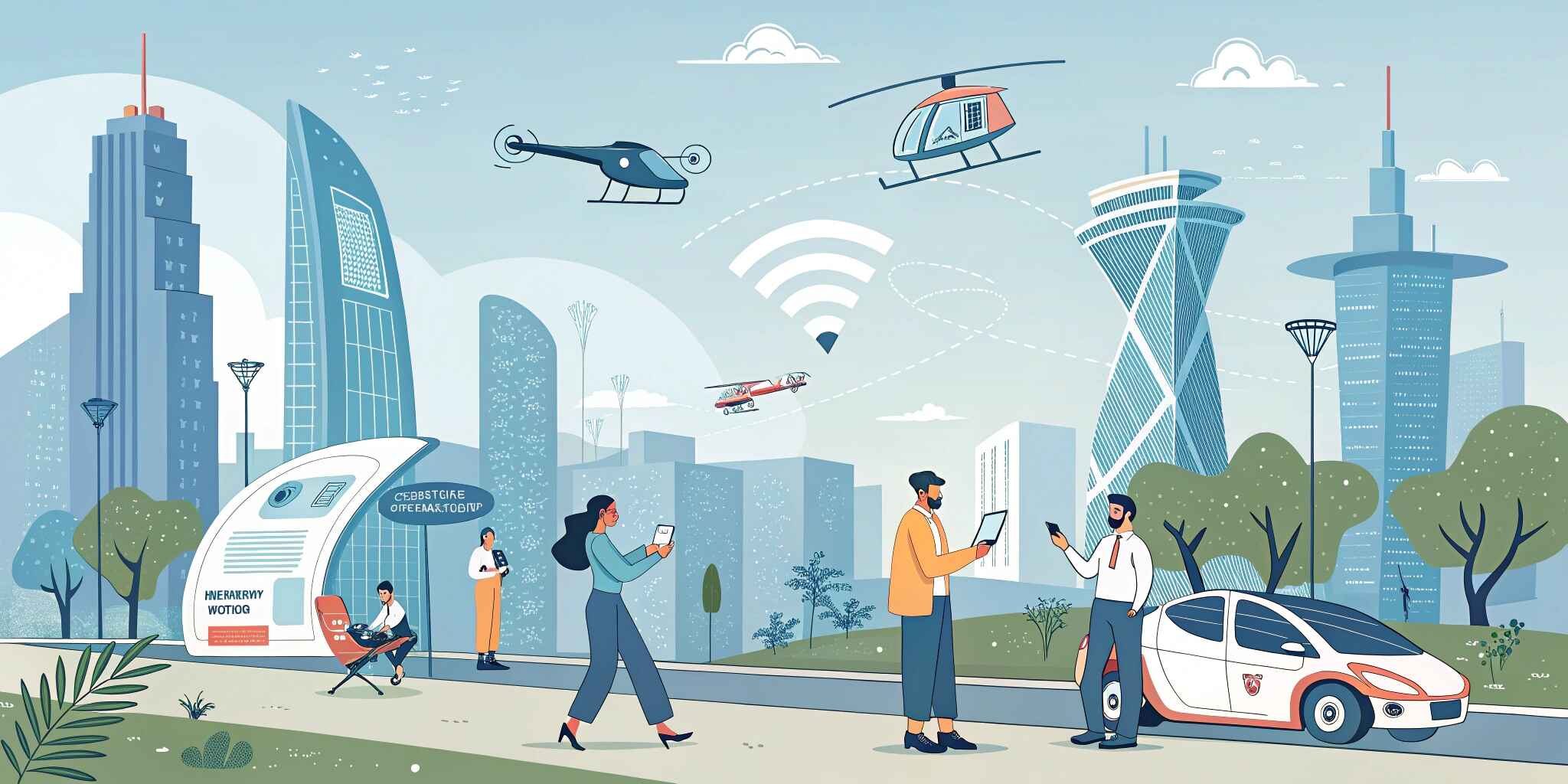Introduction
As digital demands accelerate, IT teams are increasingly looking beyond traditional automation. Enter Hyperautomation — a sophisticated blend of AI, machine learning, robotic process automation (RPA), and advanced analytics designed to automate not just tasks but entire workflows and decision-making processes.
What Is Hyperautomation?
Hyperautomation refers to the strategic use of multiple automation technologies to streamline complex business and IT operations. Unlike basic automation, it goes deeper by analyzing data, making decisions, and evolving with changing conditions.
Key components of hyperautomation:
- Robotic Process Automation (RPA)
- Artificial Intelligence (AI) & Machine Learning
- Business Process Management (BPM)
- Advanced Analytics
- iPaaS (Integration Platform as a Service)
Role of Hyperautomation in IT
In IT, hyperautomation enables:
- Automated Infrastructure Monitoring: Identify and resolve incidents in real-time.
- Smart IT Helpdesk: AI-powered chatbots handle L1 and L2 support efficiently.
- DevOps Enhancement: CI/CD pipelines with intelligent automation reduce deployment time.
- Data Management & Migration: Automate data cleansing, ETL, and legacy system integrations.
Benefits of Hyperautomation in IT
- 💡 Operational Efficiency: Reduced manual effort and errors.
- ⚡ Faster Delivery: Quicker response and deployment cycles.
- 📈 Scalability: Easily scale operations with reduced cost.
- 🔐 Improved Compliance: Automated audit trails and policy enforcement.
Real-World Example
A global telecom company used hyperautomation to handle 80% of its service tickets using AI bots, RPA, and NLP. This reduced their resolution time by 60% and increased customer satisfaction by 40%.
Challenges & Considerations
- Change management and employee reskilling
- Integration with legacy systems
- Data governance and security concerns
The Future Outlook
Gartner predicts that by 2026, organizations that implement hyperautomation will lower operational costs by 30%. As IT evolves, hyperautomation will be central to digital transformation, unlocking new levels of agility, resilience, and intelligence.


